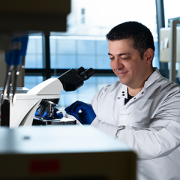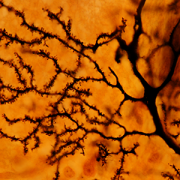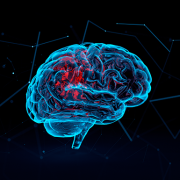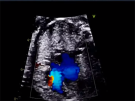Understanding mechanisms of injury due to prematurity in human cerebellum
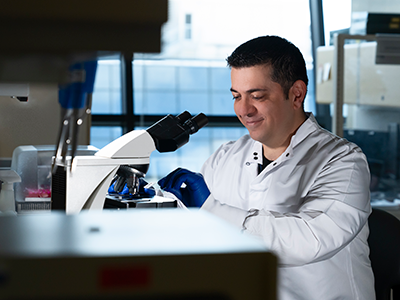
“There is no better model to study preterm injury than the human brain. Our team, along with the expertise of the scientific advisory board of the Raynor Cerebellum Project, will approach this project in multiple ways to extract the most possible information from the extremely precious human tissues,” says Dr. Kratimenos.
Children’s National Hospital has received $1 million in funding as part of the Raynor Cerebellum Project, whose mission is to improve the lives of those with cerebellar disease in seven to ten years. Panagiotis Kratimenos, M.D., Ph.D., principal investigator and Co-Director of Research in the Division of Neonatology at Children’s National, says the goal of this work is to understand the mechanisms of injury due to prematurity in human cerebellum and identify opportunities for intervention.
Why the research is unique
This project is unique because it focuses on postmortem human cerebellum, addressing the effect of the immune dysregulation of the mother during preterm labor. “We have established a large cohort of human term and preterm subjects and we will leverage cutting edge techniques to understand how the immune system of the mother during preterm labor shapes the cerebellum in a way that becomes more vulnerable to subsequent insults,” says Dr. Kratimenos.
Why this research matters for critical newborns
“There is no better model to study preterm injury than the human brain. Our team, along with the expertise of the scientific advisory board of the Raynor Cerebellum Project, will approach this project in multiple ways to extract the most possible information from the extremely precious human tissues. This will give us insight into the real mechanisms of preterm birth induced injury due to maternal immune dysregulation,” says Dr. Kratimenos.


